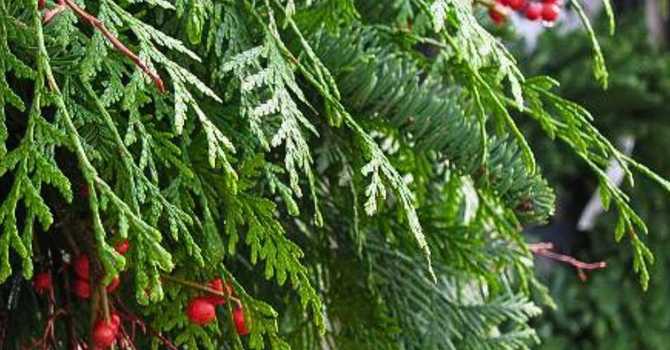2. Prune! Pruning season is well underway in most gardens, but remember not to prune early flowering shrubs otherwise you won’t have any blooms to enjoy this year (you can, however, tidy up and remove any dead wood around them). Pine, spruce and fir trees are to be pruned when the buds and candles pop. Leave roses until late February or March when the forsythia blooms. flowering shrubs but don’t prune (they should be pruned immediately after flowering only). For those applying dormant spray to their fruit trees (not peach, apricot, nectarine or nut though), there is still time for a final application.
3. Check your lawn health. Rake excess leaves off, aerate and apply 1/4” of coarse sand to improve drainage. On a dry day, if you didn’t already lime in the fall, lime your lawn with Dolopril to increase soil pH and help mitigate moss issues. Hold off on overseeding until days are consistently 10C and nights are consistently 6C. Weed controls are effective when the weeds are actively growing, which will be soon, but for now, getting them out by hand is a great way to control their spread
4. Pick out spots in your garden that need a little color at this time of year! For shady areas, plant out hardy hellebores, for sunnier spots try ‘Mt. Aso’ pink pussy willow, evergreen euphorbias and early blooming bulbs and perennials.
5. Plant some fragrance! Viburnum ‘Pink Dawn’, Chinese Witch Hazel and sarcococca are our fragrant winter flowering favourites that will make great additions to every-one’s garden.
6. Take a critical look at your containers and beds to see if they need some touching up. Deadhead and clean up fall-planted pansies and violas and, if they need some complementary colour, pop in a few bellis ‘English Daisies’, dianthus, primulas or potted spring bulbs.
7. Set out Mason Bee cocoons (& houses) closer to the end of the month. They are great fruit pollinators and very gentle. They’ll need a food source when they emerge from their cocoons, so be sure you’ve got winter heather, early flowering bulbs like crocus, or other blooming plants nearby so that they will stay close to your yard.
8. Prep your veggie beds! Most soils are tired by the end of the growing season so, if you haven’t amended them already, work in some Sea Soil, quality compost and/or well-rotted manures to get that organic matter in and working. Our garden soils are quite heavy right now too, so opening them up with fine fir or hemlock bark mulch will improve drainage.
9. Start select plants from seed. Giant Spanish onions, multipliers, broad beans and leeks are good candidates to get going. Our first onion sets just arrived, and the first seed potatoes will be here by the third week of February. Our home-grown starter veggies will be ready starting the third week of February as well.
10. Admire your houseplants… but don’t transplant them! Indoor tropicals should not be repotted until April (late March at the earliest) and only then if they are truly rootbound. For now just keep them lightly moist and in a bright spot near a window. Hold off on feeding them until April as well.



